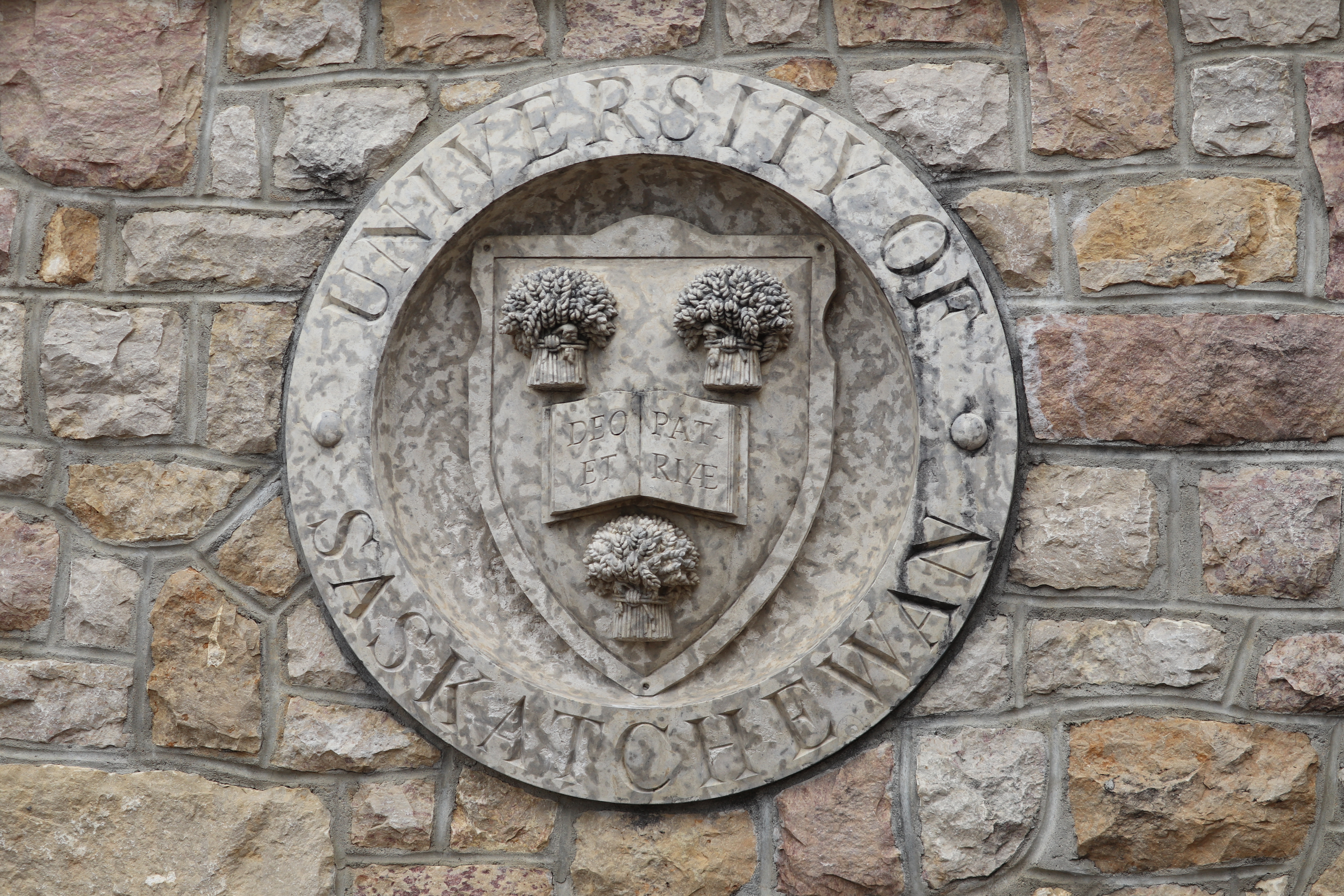
From Student to Researcher (in one Term!) Post 14: Taking Stock: Are You Ready for the CURE?
We briefly interrupt this blog series to allow Sheryl a quick theoretical moment to take a look behind the curtain of ‘change’.
By Harold Bull, Dawn Giesbrecht and Sheryl Mills(This blog series is authored by USask denizens Harold Bull, Dawn Giesbrecht and Sheryl Mills) Harold is Assistant Professor Biochemistry, Microbiology & Immunology. Dawn is Laboratory Instructor Anatomy, Physiology and Pharmacology; Biochemistry, Microbiology and Immunology. Sheryl is Associate Director, Academic Programs & Interprofessional Education)
We briefly interrupt this blog series to allow Sheryl a quick theoretical moment to take a look behind the curtain of ‘change’. This will help—at least us, the authors—position where we currently are in this blog post series and with the implementation of CURE principles into our undergraduate teaching.[1] As you read through Table 1, reflect on where you are in implementing CURE principles in your course(s).
Table 1[2] Levels of CURE Integration
|
|
Level |
Descriptor |
Typical Statement |
CUREd Statement of fact (for Harold)[3] |
|
0 |
Non-use |
Learning of the innovation |
“I’ve heard about it but, honestly, I have too many other things to do right now.” |
First heard David Oliver[4] describe his CURE course |
|
1 |
Orientation |
Learning the innovation |
“I’m looking at materials pertaining to the innovation and considering using it sometime in the future.” |
Discussed with David to learn as many details as possible…and thought, “hmm, maybe I could do this too…” |
|
2 |
Preparation |
Gearing up for the first attempt |
“I’ve attended the workshop and I’ve set aside time every week for studying the materials.” |
Opportunity knocked – invited David to our campus to share the CURE with colleagues Designed our version of a CURE course |
|
3 |
Mechanical Use |
Focused on the routine aspects of using the innovation |
“Most of my time is spent organizing materials and keeping things going as smoothly as possible every day.” |
Running year 1
|
|
4a |
Routine Use |
Stabilized usage |
“This year it has worked out beautifully. I’m sure there will be a few changes next year, but basically I will use it the same way I did this year.” |
Upon retrospection, made a few very minor changes |
|
4b |
Refinement |
Considering changes and improvements |
“I recently developed a more detailed assessment instrument to gain more specific information from students to see where I need to change my use of the innovation.” |
Always ongoing Continuous ‘quality improvements’ |
|
5 |
Integration |
Share learning and favorable outcomes with colleagues |
“Not everyone has all the skills needed to use the program so that it has the greatest impact on student learning. I‘ve been working with another teacher for 2 years, and recently a third teacher began working with us.” |
i.e. Blog post series! 😉 Shared with departmental colleagues, presented at RISE conference[5] |
|
6 |
Renewal |
Re-evaluate effectiveness and examine new innovation[6] |
“I am still interested in the program and using it with modifications. Frankly, I’m reading, talking, and even doing a little research to see whether some other approach might be better for the students.” |
Emergency shift to virtual lab bench in 2021 Looking forward to working with other U of S CURE instructors in the future |
And now back to our regular programming…
Oops! We have conveniently said all we wanted to on this topic and have reached our word-count limit![7]
In our next episode, we address those nagging questions you have that are keeping you from jumping in with both feet and several team-members. 😉 We have assumed that your ‘Level of Use’ has moved beyond ‘0 non-use’ and you are ready to move forward. We are open to being your David Oliver – feel free to contact us to chat more about integrating CURE principles into your courses.
Find ALL BLOG POSTS IN THIS SERIES HERE. Find the PREVIOUS POST HERE. Find the NEXT POST HERE.
Podcasts related to this series:
All About CURE:
The MightyChondria Team:
[1] Dawn has integrated CURE principles into a more-traditional laboratory course, and Sheryl shares these ideas with every faculty member she works with, and some she only meets in elevators, and has integrated some of these principles into interprofessional education experiences across the health sciences.
[2] We’ve adapted Table 1 from Levels of Use and Concerns Based Adoption Model (CBAM) https://sedl.org/cbam/levels_of_use.html
[3] We are providing examples from Harold’s experience so you could see what this might look like for yourself as you integrate CURE principles.
[5] Presented as a ‘Discussion Panel’ with four CURE graduates from three years of offerings.
[6] When Harold first heard about the CURE, he had been working in the area of undergraduate research for a few years, had mentored a number of fourth year honors students, had implemented a team-based learner-driven poster project for 2nd year students, and was therefore ‘primed’ to be receptive to a new innovative approach. Likewise, other members of the team were also primed and ready for this next step; buy-in was instantaneous and the benefits were blatantly obvious to all members of the team.
[7] Well, let’s be honest. Harold was surprised we had this many words … and Sheryl, well … wanted to loop back to theory and perhaps expand into yet another dimension(s)!

